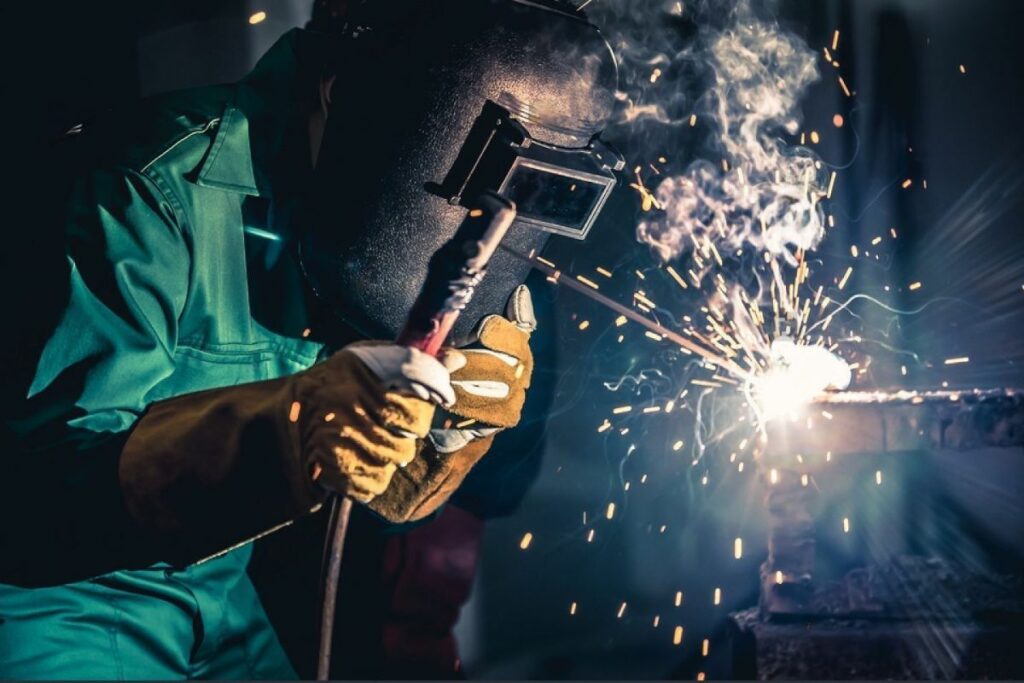
Artistic composition is conventionally established by any activity considered imaginative or an expression of self-creativity. There have been a series of debates about whether welding is a form of art or not. Some would say it is just pure science, but many also argue that it is indeed more than that. Nevertheless, it is undeniable that such a profession requires skilled craftsmen as much as art does.
Welding is not just about building large establishments and buildings like bridges or skyscrapers, or even ships and cars. Welding is also seen to be a work of art that produces beautiful masterpieces. In this article, we discuss how welding is not merely confined to manual work or physical labour but also extends to being a beautiful form of artistic expression.
It is a given that welding aims for a formed end product. However, it is not always a mechanical task when skilled craftsmen inject their vision and intend a perfect result or outcome. With beautiful metal art sculptures or even those that are not as visually aesthetic, there remain the intention and purpose to accomplish something of great significance and essence.
Art is purposeful when it comes to its end goal of expressing its meaning and impact and the same can be said about welding. More than a tool, it’s an artistic avenue to also exhibit things of aesthetic beauty. The quality and aesthetics shall in the end tell of not just the welders but the welders as artists.
Implementing different welding techniques, welding becomes an art form when coupled with passion and commitment. More than connecting pieces of metals together, the process becomes an artistic endeavour infused with talent, skills, imagination and creativity. Furthermore, it takes a higher degree of purpose to be able to come up with a solidified outcome.
Just like how art undergoes a long, thorough, and complex process, welding also entails the gathering, collating, and polishing of objects. It even takes time to come up with a satisfactory finished product. To put it simply, the welding process shows that in its entirety, there is a humanist side to it. As some would say, “every good welder can be an artist, but every good artist can’t be a welder.”
Welding is essentially critical when it comes to the perfection of form and function. This is why there is a high degree of commitment and skill required. To be able to achieve the best form and function, welders take into account the utmost patience and commitment when it comes to the whole process. It takes several years to master the art of welding and acquire that sufficient experience in the field to gain the trust and accolade of companies and fellow experts.
Similar to how artists assign symbolism and meaning to their work, welders can also be critical when it comes to the integrity of their work. More than aesthetics, welders apply intentionality to all the materials, shapes, colors, and welding angles that go into the production process. Hence, perfecting form and function in welding mimics the artists’ way when working on their masterpieces.
People can often disregard welding as merely intense, messy, manual labor used for important metal-joining projects. While there’s a degree of truth to that, it doesn’t have to be just one or the other. It can alsi be true that welding is an art form. With the creativity and passion that it constitutes, welding becomes worthy to be called an art form and self-expression.